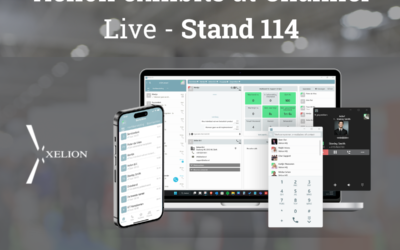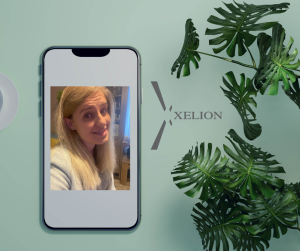
New messaging platforms can lead to chaos
Many companies signed up for Facebook in recent years, because they were supposed to. Many companies recently started with the introduction of chat features for customers via WhatsApp, because it was trendy. Nice, but very often the introduction of these additional channels has led to chaos. Time to bring order to the situation with Organised Communication (OC).
Messaging arises in customer contact.
WhatsApp and Facebook Messenger have really taken off in customer communication over the past year. Large insurance companies are competing with each other by means of large campaigns to tell customers how easy they have made communication through these platforms. Thanks to instant messaging (a.k.a. chat), the barrier to contact a company has become even lower for the customer. It is certainly possible that this will increase the number of customer interactions. Customers can easily and quickly contact the company in case of an urgent question or emergency. Latent questions can also be asked and answered quickly, which improves the bond with the customer. On the other side of the line, organisations have the possibility to efficiently direct this written communication to the right person. Great, but there are a few pitfalls with regard to the use of these new communication technologies.
Pitfalls
The first pitfall in the use of WhatsApp and Facebook is the fact that, however popular these social media platforms are, they are still not used by everyone. The absence of this last 10-30% of consumers makes these means of communication not fully waterproof. Especially when it comes to sending ‘alerts’, you can get in trouble by missing the latter group. Therefore, sending a text message is still the best way to give people a ‘heads up’. Moreover, these forms of instant messaging come with certain expectations about the reaction speed. Although customers find it acceptable to wait 24 or 48 hours for a reply to an email, they expect a truly instant answer via chat. Waiting thirty minutes for an answer via WhatsApp is already too long. This will thus require great discipline on the part of the organisation to always have the right capacity available. Otherwise, customers will have to wait in a queue before starting a chat. In any case, once asked, the customer should immediately be informed about how the question or issue will be handled. Especially in case of an emergency, when no waiting time at all should be allowed. Organisations need to understand that a bad experience via social media can very quickly turn against them. After all, it can be shared with the entire community in a split second.
Finally, there have been doubts about the reliability of these social media platforms lately. What do companies do with all the data? As an organisation, one needs to take into account this sentiment.
New means of communication: Get organised!
Even small and medium-sized organisations need to consider how their customer contact is going to change and how reachability of the service desk will be ensured, via telephone or via chat. It begins with the introduction of a telephony platform that offers more possibilities than just placing and receiving calls. The advantage of a VoIP platform like Xelion is that it can be linked to everything. There are many examples of companies that have already integrated Instant Messaging, CRM, and workflow management with Xelion. Sending text messages from Xelion (also from a PC or laptop) is in fact a standard functionality of Xelion. Xelion takes a central position in customer communication, creating overview and structure. This is called Organised Communication (OC), and is characterised by the following features:
- Organised telephone reachability for clients: set clear IVR (Interactive Voice Response)
- Reporting accessibility: make timely adjustments for quality
- Wall Boards / extended reporting
- Integration of other communication tools besides telephony (text or chat messaging)
- Direct communication via the website (webchat)
Conclusion
New communication possibilities certainly offer opportunities to improve customer contact. Customers experience a particularly lower barrier when communicating via Facebook or WhatsApp. Behind the scenes, companies need to have a comprehensive vision and a central point where all communication comes together. Xelion is a platform that offers it all.













